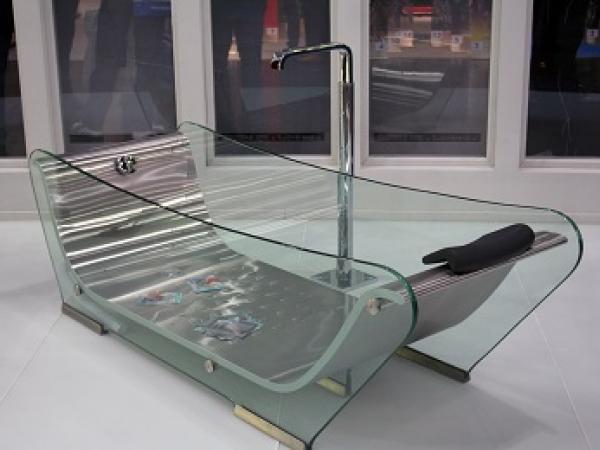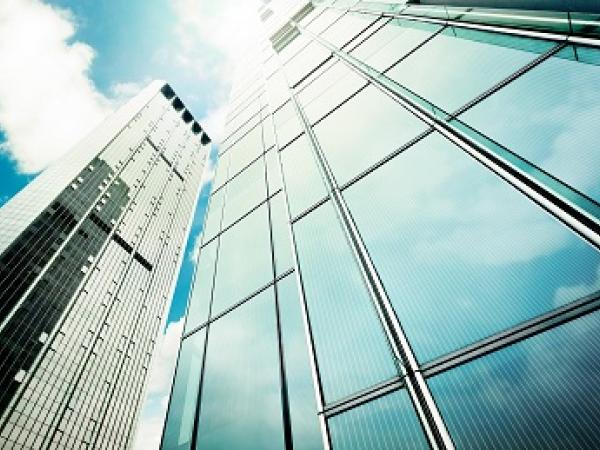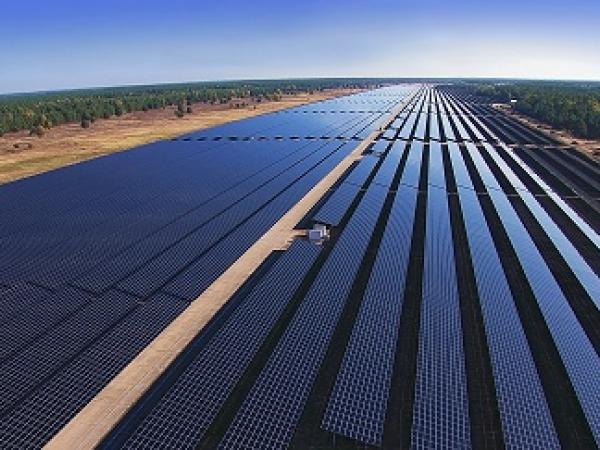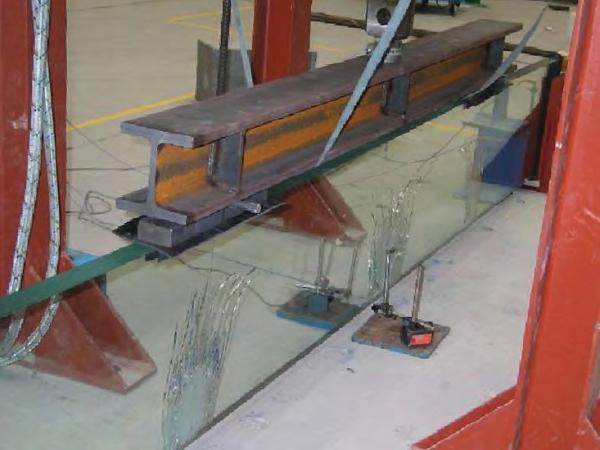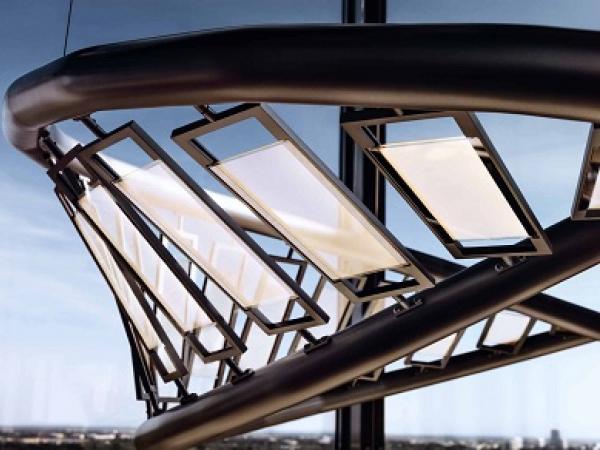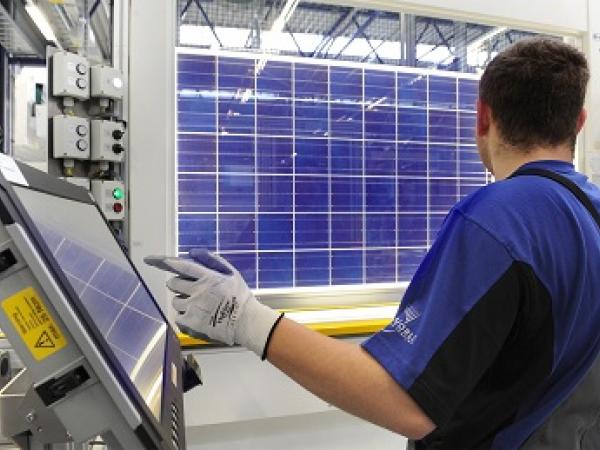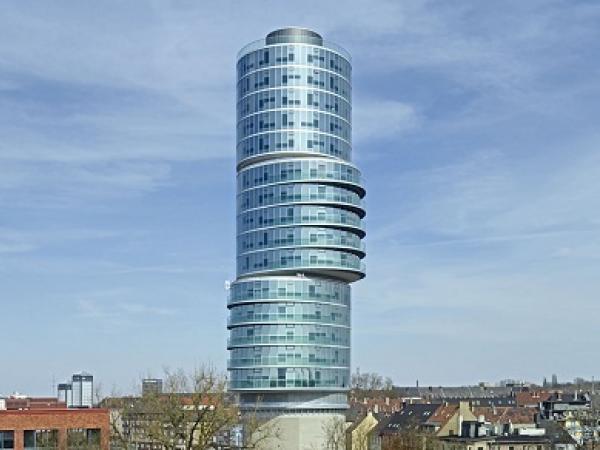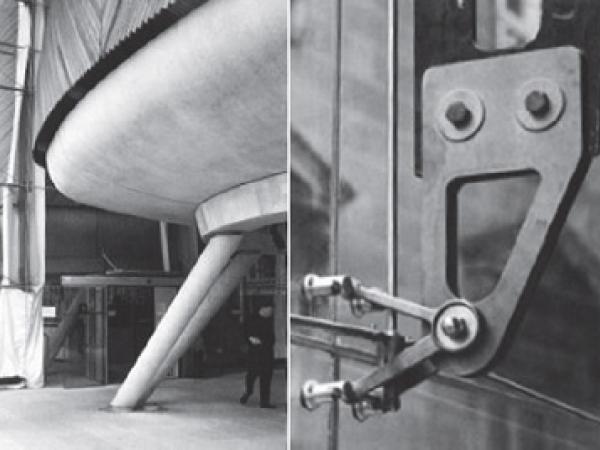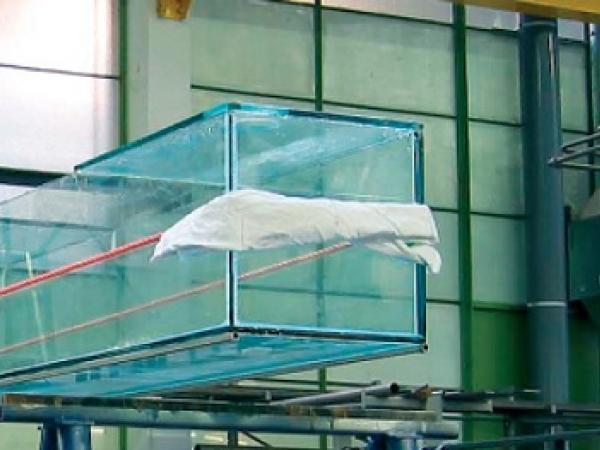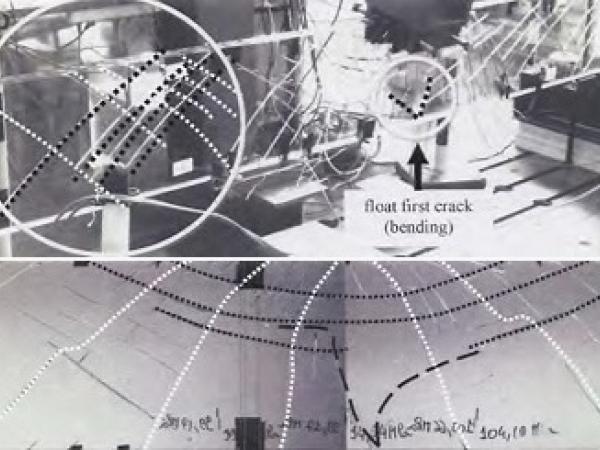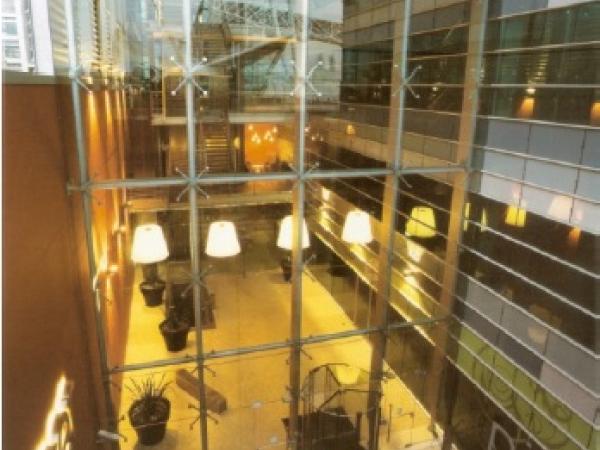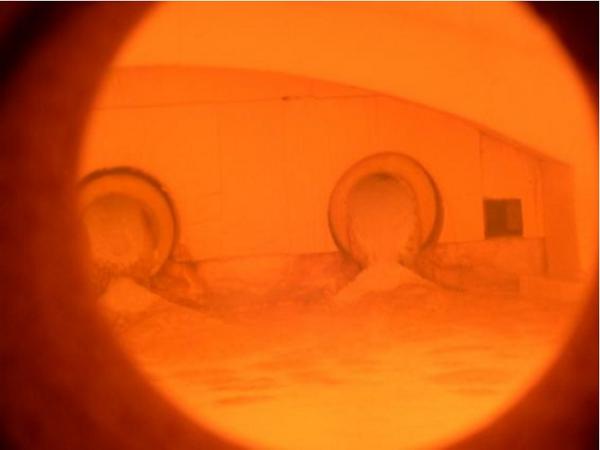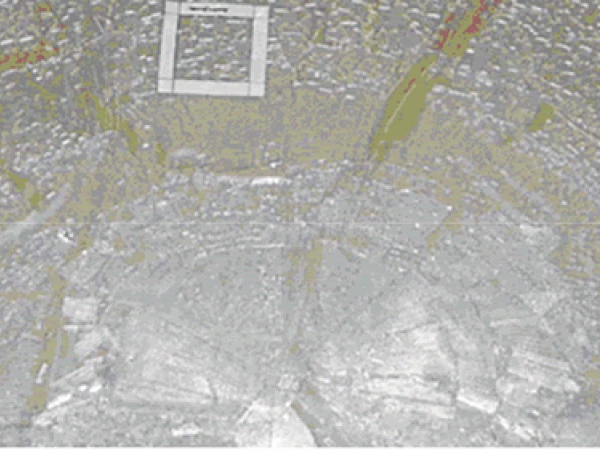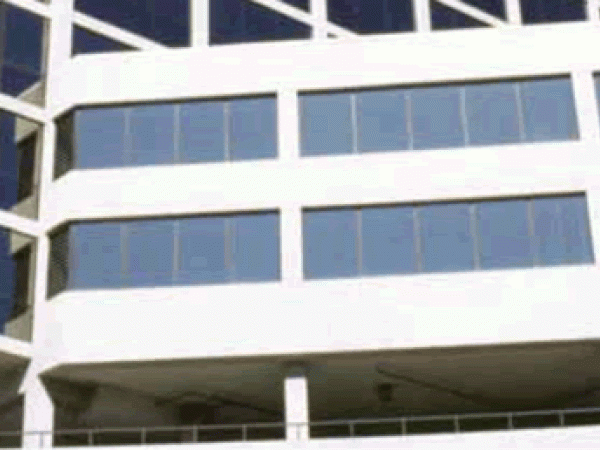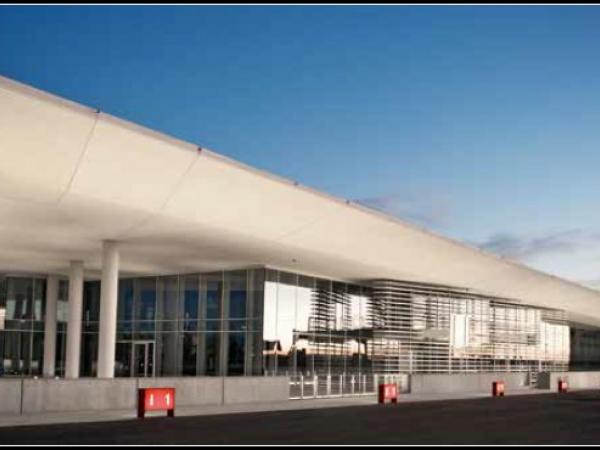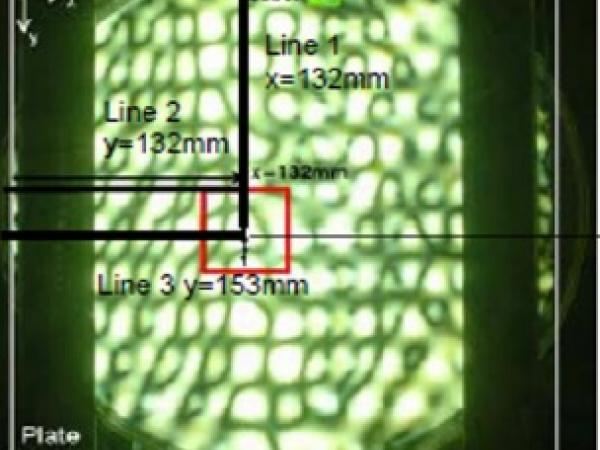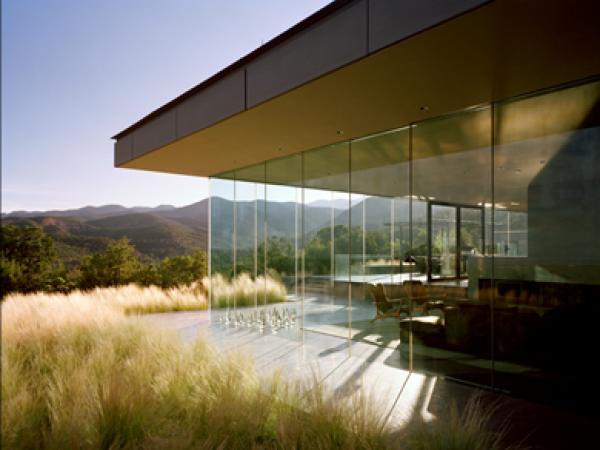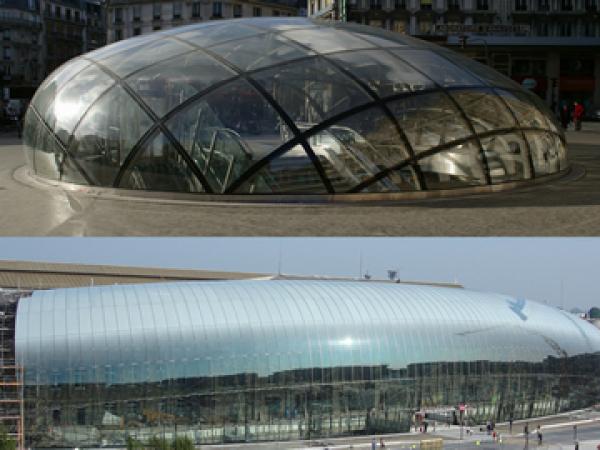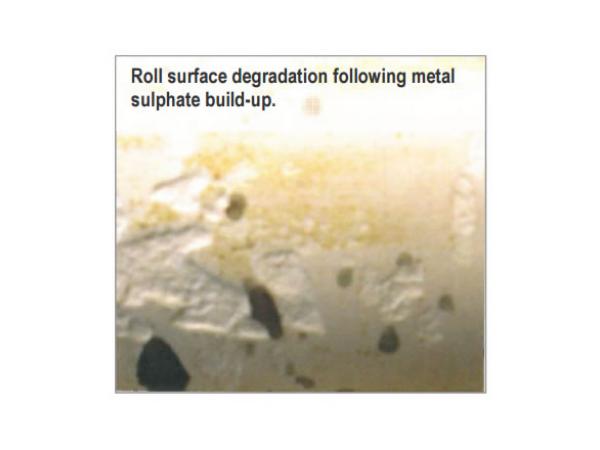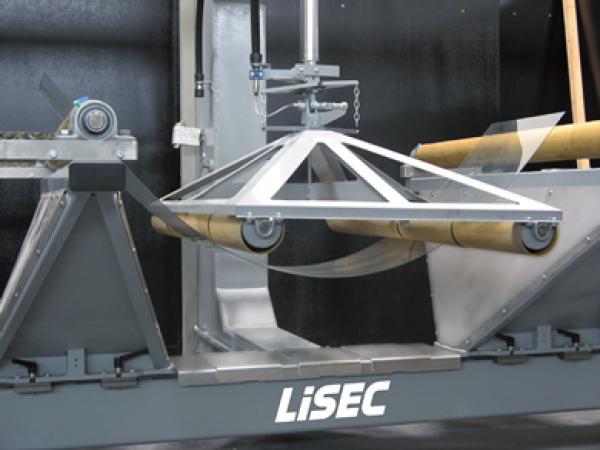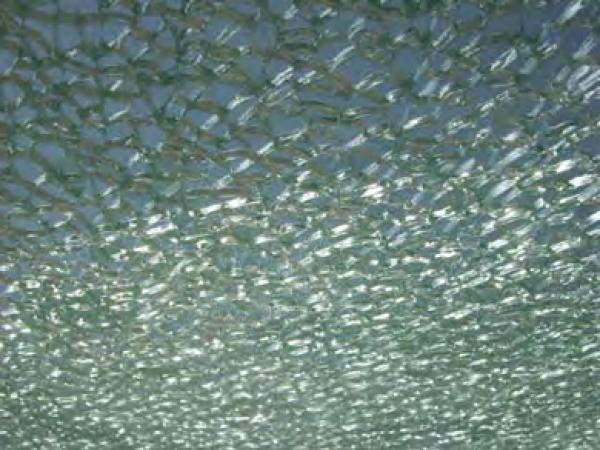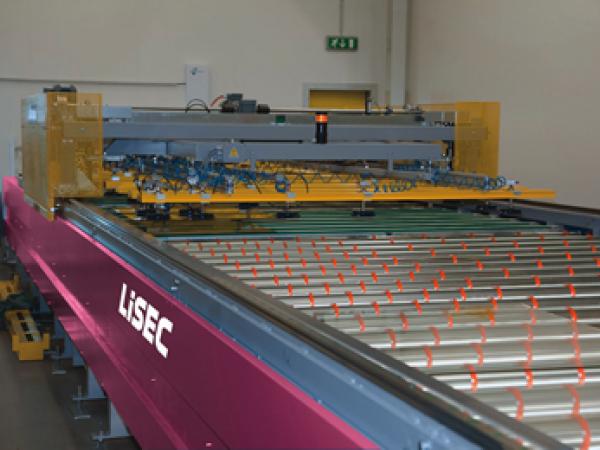Others also read
| In just two and a half decades glass has very quickly made the transformation from simple window glass to an almost universally applicable material.
| Cities are eating up an increasing amount of heat and electricity. In order to reduce this consumption, buildings have to become increasingly efficient and integrate more renewable energies.
| The crisis of the photovoltaic industry is drawing to a close. While it is true demand for solar modules is dropping in Europe, demand in many other regions is rising rapidly.
| Although the standard glass design strategy is redundancy, we pursue a safer way to ensure the robustness of transparent glass beam structures.
| Thanks to on-going research and development efforts glass products can take on ever new functions.
| Although the costs for solar power have come down considerably lately, photovoltaics are still unable to compete with conventional energy sources.
| Finding ways to improve energy efficiency is one of the greatest challenges facing contemporary architecture.
| Despite the increasing research activity on structural use of glass in the past years, there is still a lack of comprehensive design codes and standards linked to real-life applications on a structural level. However, more and more ambitious buildings and structures are built every year.
| The article presents an overview of research and applications of glass as structural material, cooperating with other materials: steel, timber, glass or carbon fibre composites.
| Differently from traditional structural materials, the structural behaviour of laminated glasses exhibits some anomalies due to the difference in the stressstrain laws of their components: glass is a brittle material, while PVB and SGP are thermoplastic materials with a visco-elastic behaviour.
| Currently modern facade buildings rely on glazed curtain wall systems. These systems include either singular aluminium alloy frame glass curtain walls or frameless glass curtain walls. This is the case of the so called spider fixing systems, which are pointed supported.
| Melting glass is a very energy intensive process, with process temperatures of more than 1600°C required to melt the raw materials in the furnace.
| Breakage patterns, residual stress, and fractured surfaces on tempered glasses are investigated to find the correlation among glass thickness, tempered level, and the number of fragments, particularly when the glass thickness is less than 4 mm.
| Will glass break if window film is installed to glazing?
| i.lab - Innovation and Technology Central LaboratoryBergamo, Italy - The Plan 060, Settembre 2012Richard Meier & Partners Architects
| Modern digital printing technologies using ceramic inks are providing new interesting opportunities for longlasting decorations and optical effects on glass.
| The paper shows that the residual stress at the surface of tempered glass panels may vary both locally and globally, i.e., stresses near the edges and corners of the panels may be considerably different from the stresses in the middle part of the panels.
| The canopies are a composite construction between both steel and glass, leaving no element without stress or structural function.
| Case Studies in Optimization of Glass-panelized Architectural Freeform Designs for the Eiffel Tower Pavilions
| Fused silica rollers are widely used to convey glass in high temperature environments, the tempering furnace being among the most demanding operations.
| The following approach describes a new encapsulation technology for glass-glass-modules using tempered thin glass as front and back sheets.
| At this year's GPD in Finland LiSEC was represented by two lecturers.
| SSV tested thousands of glass panes from 2000 according to the European Standards for thermally toughened safety glass EN 12150 and according to EN 1863 for heat strengthened glass.
| The most recent technical development from LiSEC is that of a brand-new laminating tunnel, which was installed at one of its Italian clients’ plants late in 2010.
| Firstly, it would be great if everyone in the glass industry refrained from calling this product “bullet proof” I seriously doubt if anything is ultimately bullet proof, bullet resistant is indeed the correct terminology and within the industry this is abbreviated to BRG.

